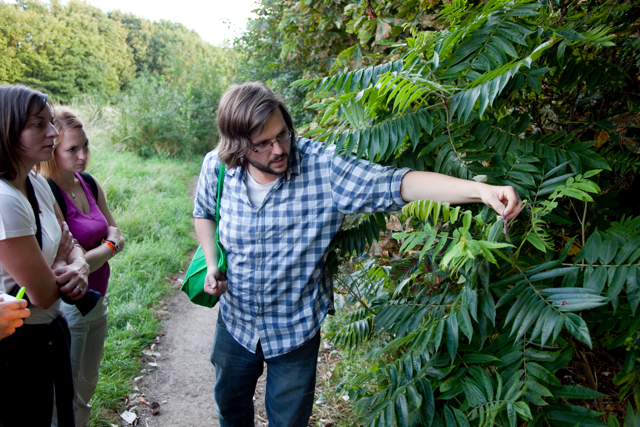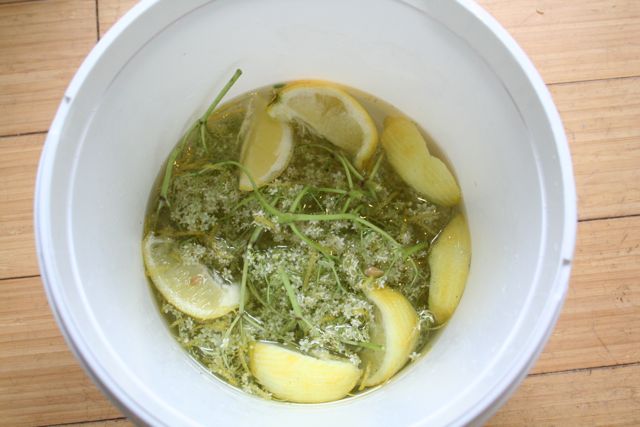If you missed it, last week we had another wonderful piece of press coverage in the Birmingham Post, thanks to feature writer Mary Griffin.
Mary, who rolled up her foraging sleeves and joined us, alongside other course participants including Halo Garrity, Rob Walker, Dave Smith, Chrissa Murrell and her husband Stu, discovered that you really can find bounteous edible wild foods on your urban doorstop. Even in Stirchley.
Birmingham Post, Life (25 September 2013, page 11)
Mary’s list of wild foods found in Stirchley near Loaf included:
- Hawthorn (whose berries can be used in a hedgerow jelly)
- Sumac (the red conical flowers can be dried and sprinkled on a salad)
- Wild cherries (Tom tells us where to look out for them around Birmingham)
- Meadowsweet growing in the long grass (a little sprig can infuse tea or cream)
- Horseradish (which we dig up a thumb-sized chunk of)
- Nettles (Tom shows us which bits to pick and which to avoid) and vetch (with a peppery, rockety flavour)
- Yarrow (a good substitute for lavender or rosemary)
- Dead nettles (no sting and you can suck the nectar out of the flowers)
- Himalayan balsam (a non-native invasive plant with tasty pink flowers)
- Rowan (which makes a good jelly mixed with apples)
- Wood avens (which can make dandelion and burdock if you infuse the root)
- Rosehips (which make good syrup)
…as well as mint, sloes, elderberries, blackberries and hazelnuts.
Amazing really. And that’s just a small sample of hundreds of wild foods that can be found locally, and in cities across the UK.
For more information and to book on any of our courses visit the Loaf Cookery School page
To read the review online visit the press section on our About Us page and click on the link to the Birmingham Post. Or if you have a printed copy, it’s on page 11 of the Life section.




